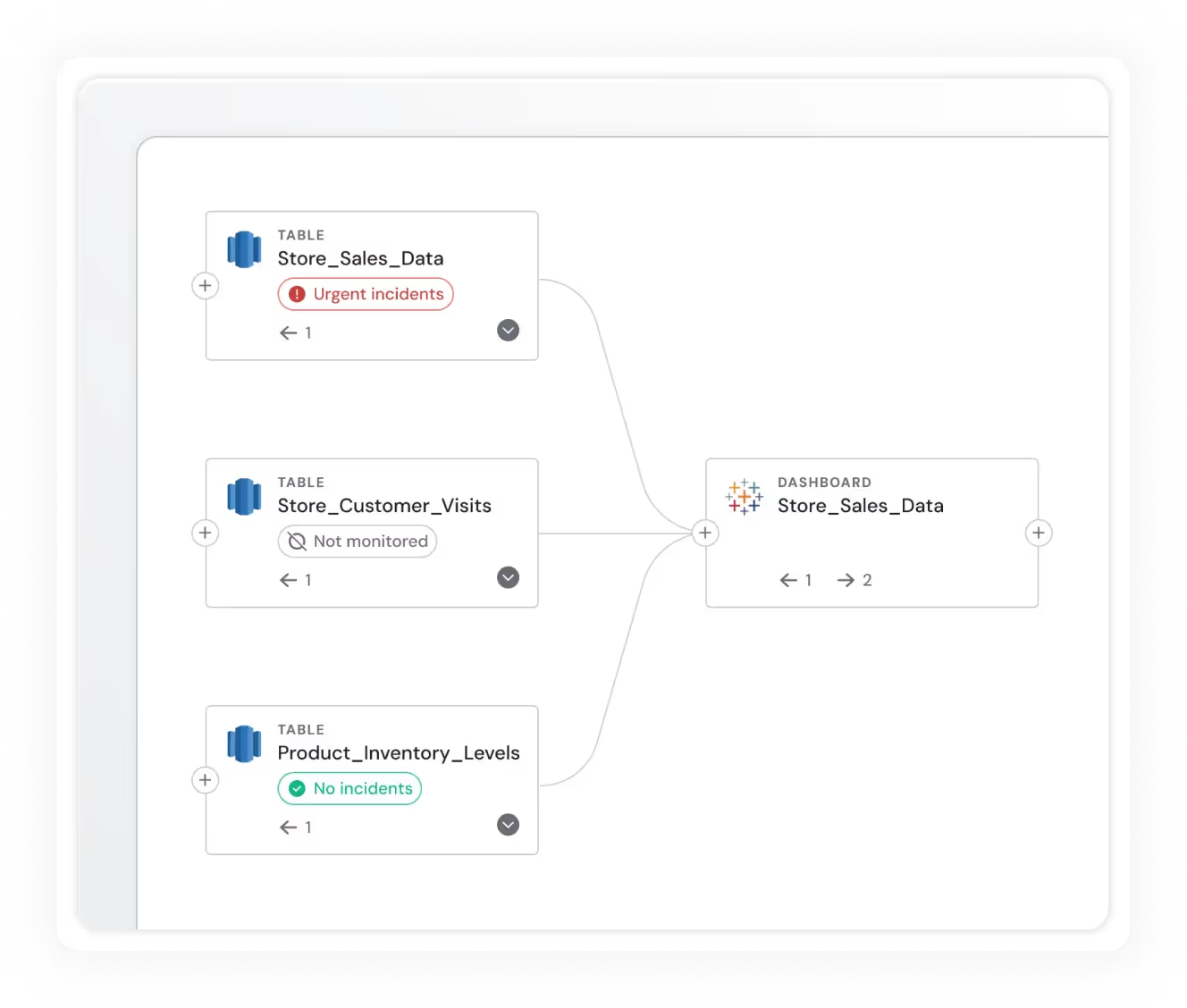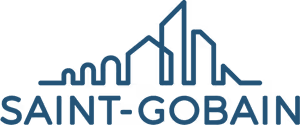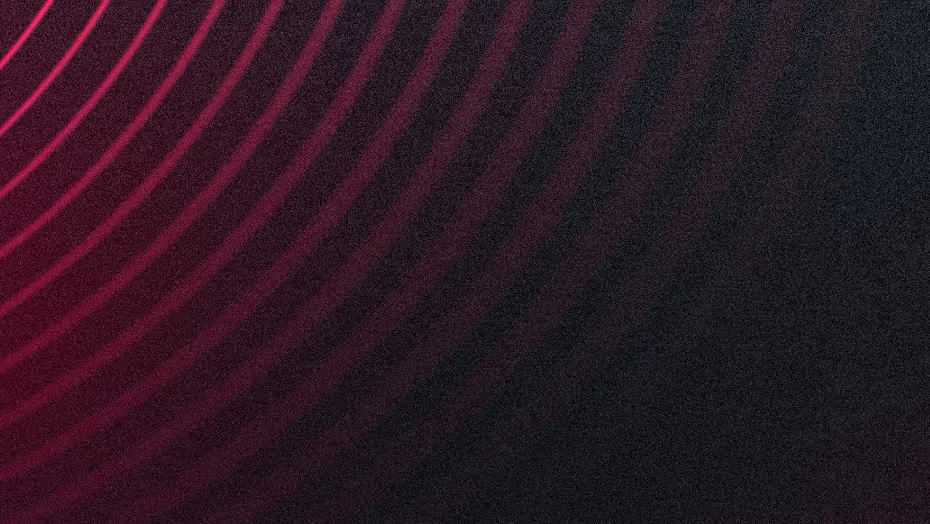
Redshift
Integrate Sifflet with Redshift to access end-to-end lineage, monitor assets like Spectrum tables, enrich metadata, and gain insights for optimized data observability.




Exhaustive metadata
Sifflet leverages Redshift's internal metadata tables to retrieve information about your assets and enhance it with Sifflet-generated insights.


End-to-end lineage
Have a complete understanding of how data flows through your platform via end-to-end lineage for Redshift.
Redshift Spectrum support
Sifflet can monitor external tables via Redshift Spectrum, allowing you to ensure the quality of data stored in other systems like S3.















Still have a question in mind ?
Contact Us
Frequently asked questions
What’s new with the Distribution Change monitor and how does it improve anomaly detection?
The upgraded Distribution Change monitor now focuses on tracking volume shifts between specific categories, like product lines or customer segments. This makes anomaly detection more precise by reducing noise and highlighting only the changes that truly matter. It's a smarter way to stay on top of data drift and ensure your metrics reflect reality.
How do logs contribute to observability in data pipelines?
Logs capture interactions between data and external systems or users, offering valuable insights into data transformations and access patterns. They are essential for detecting anomalies, understanding data drift, and improving incident response in both batch and streaming data monitoring environments.
What non-quantifiable benefits can data observability bring to my organization?
Besides measurable improvements, data observability also boosts trust in data, enhances decision-making, and improves the overall satisfaction of your data team. When your team spends less time debugging and more time driving value, it fosters a healthier data culture and supports long-term business growth.
What makes Sifflet a strong alternative to Monte Carlo for data observability?
Sifflet stands out as a modern data observability platform that combines AI-powered monitoring with business context. Unlike Monte Carlo, Sifflet offers no-code monitor creation, dynamic alerting with impact insights, and real-time data lineage tracking. It's designed for both technical and business users, making it easier for teams to collaborate and maintain data reliability across the organization.
Why is using WHERE instead of HAVING so important for performance?
Using WHERE instead of HAVING when not working with GROUP BY clauses is crucial because WHERE filters data earlier in the query execution. This reduces the amount of data processed, which improves query speed and supports better metrics collection in your observability platform.
How does data observability improve the value of a data catalog?
Data observability enhances a data catalog by adding continuous monitoring, data lineage tracking, and real-time alerts. This means organizations can not only find their data but also trust its accuracy, freshness, and consistency. By integrating observability tools, a catalog becomes part of a dynamic system that supports SLA compliance and proactive data governance.
What is data distribution deviation and why should I care about it?
Data distribution deviation happens when the distribution of your data changes over time, either gradually or suddenly. This can lead to serious issues like data drift, broken queries, and misleading business metrics. With Sifflet's data observability platform, you can automatically monitor for these deviations and catch problems before they impact your decisions.
Can I use the Fivetran integration to monitor data pipeline health?
Absolutely! By surfacing connector statuses and metadata directly in the lineage graph and catalog, Sifflet helps you stay on top of pipeline health and detect issues early. It's a powerful step forward in proactive data pipeline monitoring.




















-p-500.png)
